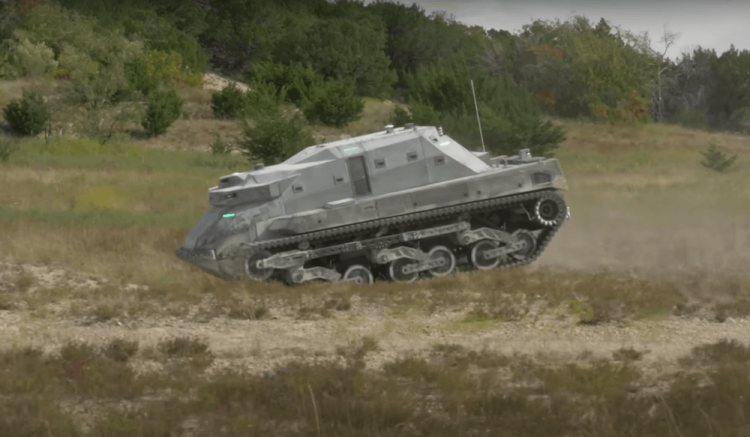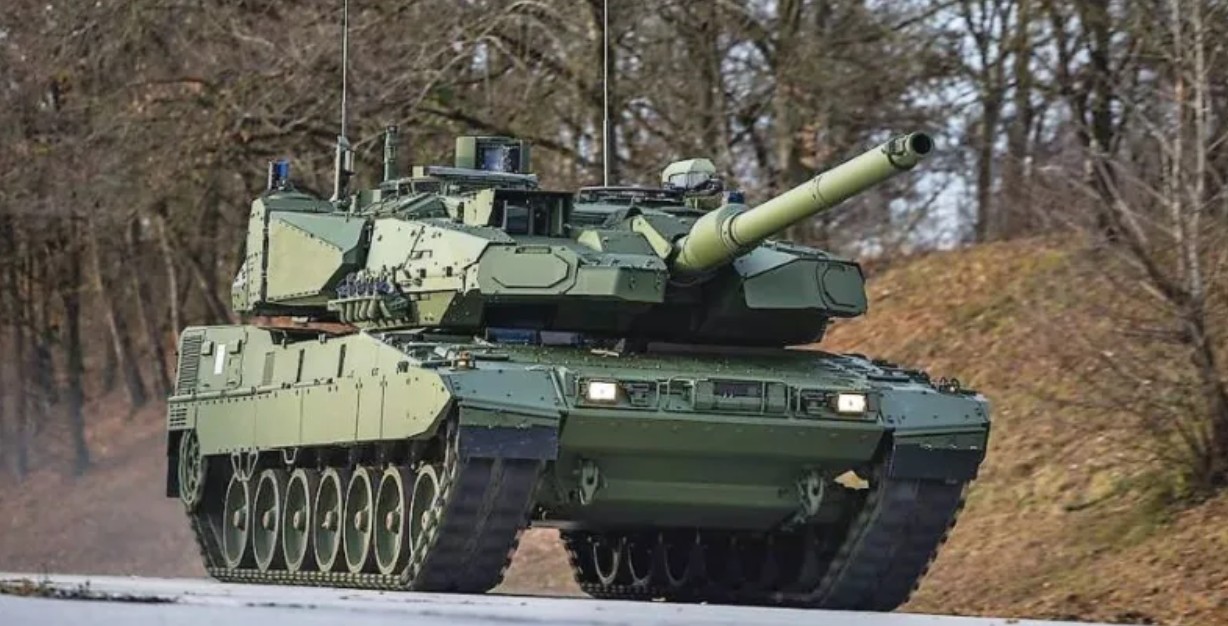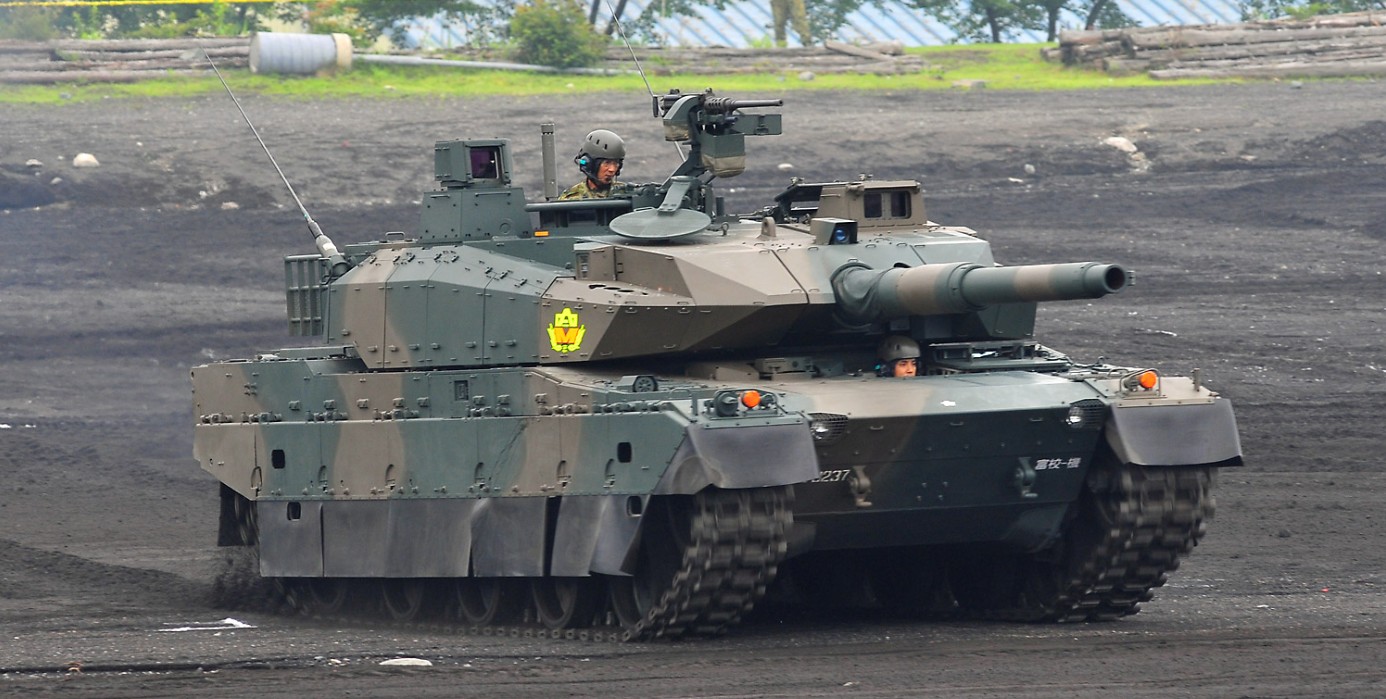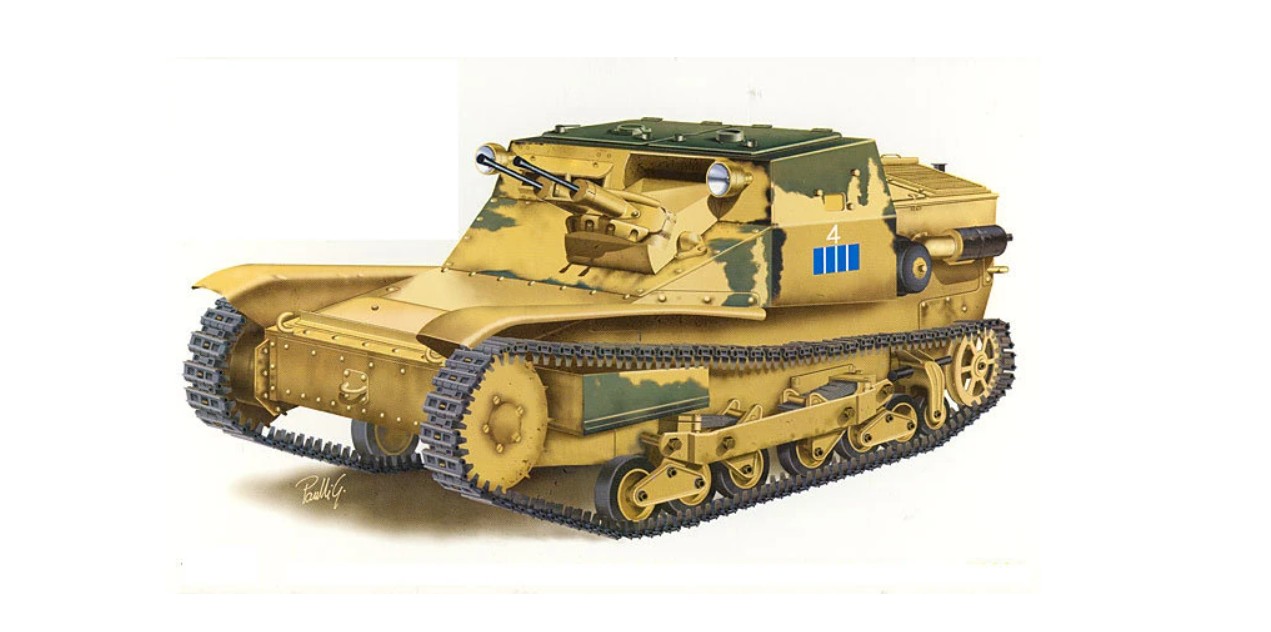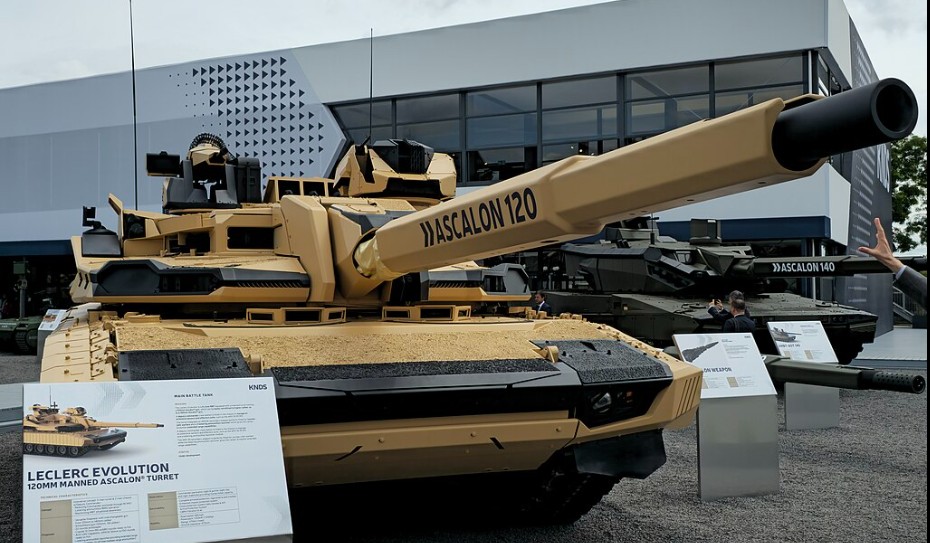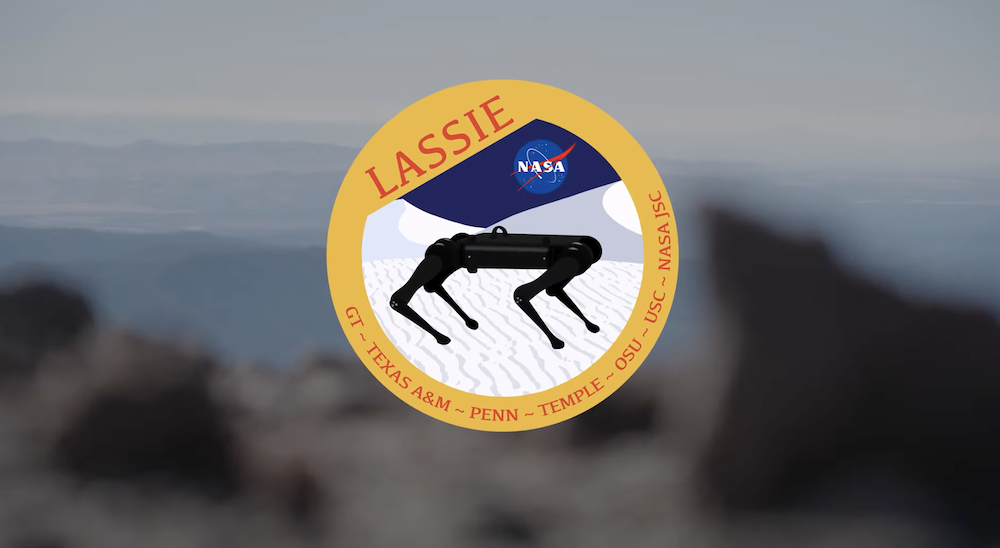In a remarkable display of technological prowess, DARPA’s RACER (Robotic Autonomy in Complex Environments with Resiliency) program has achieved a significant milestone with the testing of a larger and more formidable version of its robotic drone tank. This groundbreaking development represents a significant leap forward in the field of autonomous vehicle technology, with implications spanning military, logistical, and tactical applications.
The newly tested robotic tank, weighing in at a hefty 12 tons, boasts an imposing presence with its 6.1-meter-long frame and distinctive green lights that evoke a sense of formidable power. Built on Textron’s highly successful M5 RIPSAW chassis, this green-eyed behemoth showcases the culmination of years of research and development aimed at enhancing the capabilities of unmanned ground vehicles.
According to DARPA, the RACER program aims to augment and support existing fleets with autonomous platforms capable of navigating complex and unpredictable terrain. This latest iteration of the RACER fleet represents a significant departure from its smaller counterparts, measuring over three times their length and weighing substantially more.
During recent testing conducted at a Texas test range, the larger RACER demonstrated its autonomy and resilience across a diverse array of terrains, including vegetation, rocky terrain, and water features. The successful execution of nighttime operations further underscored the versatility and reliability of the drone, with DARPA highlighting its equal functionality in both day and night conditions.
The implications of DARPA’s RACER program extend far beyond the realm of military applications. With potential applications in convoy protection, rescue missions, perimeter defense, surveillance, and crowd control, the versatile capabilities of these robotic vehicles hold promise for a wide range of civilian and commercial uses.
As DARPA continues to push the boundaries of autonomous vehicle technology, the latest advancements in the RACER program signal a significant step forward in the development of robust and resilient unmanned ground vehicles. With ongoing research and development efforts, the future of autonomous vehicle technology appears brighter than ever, offering unparalleled opportunities for innovation and advancement in various industries.
